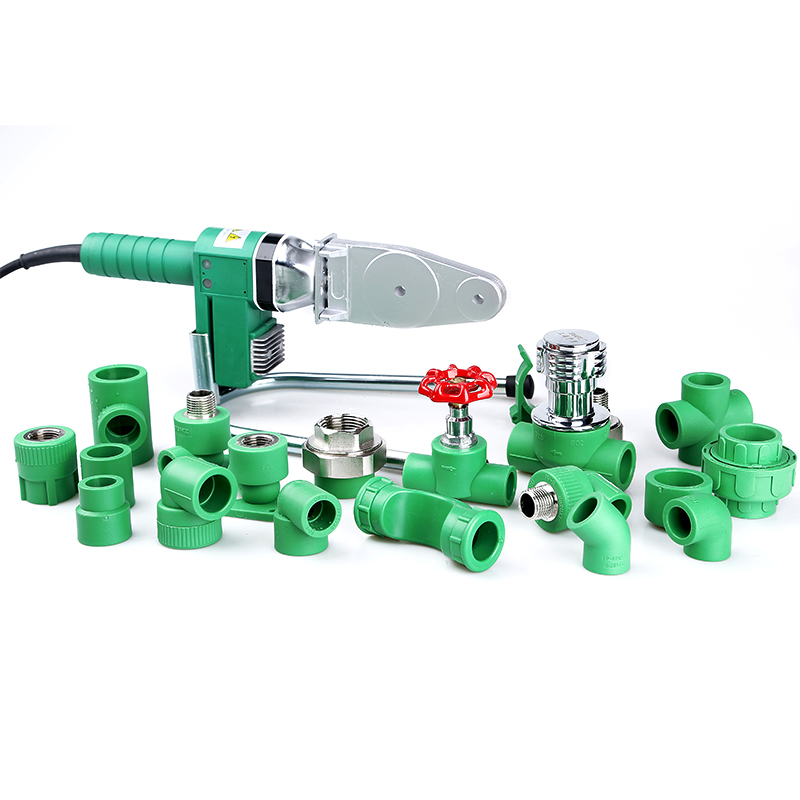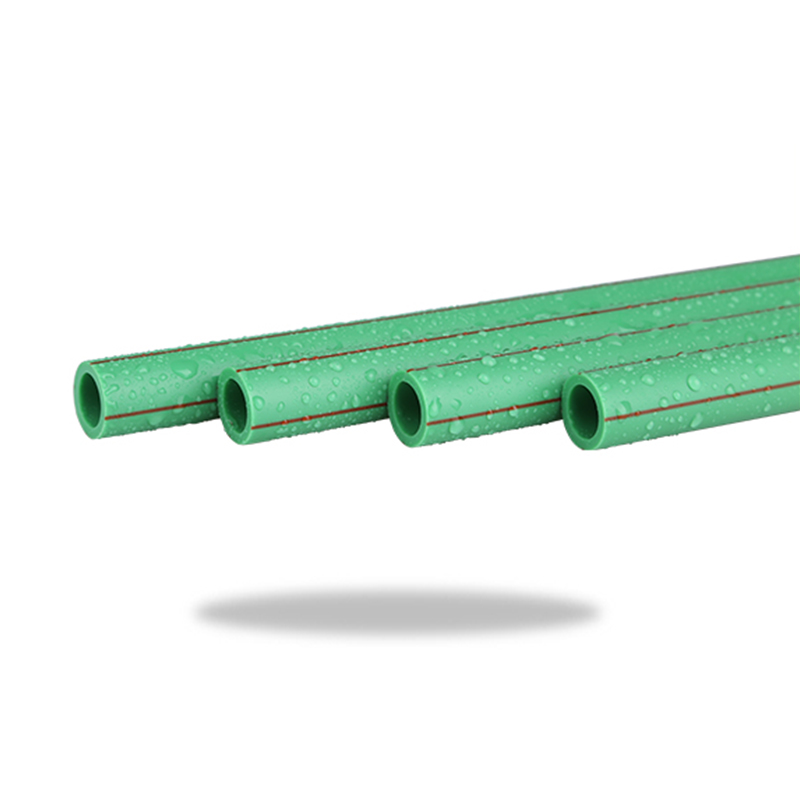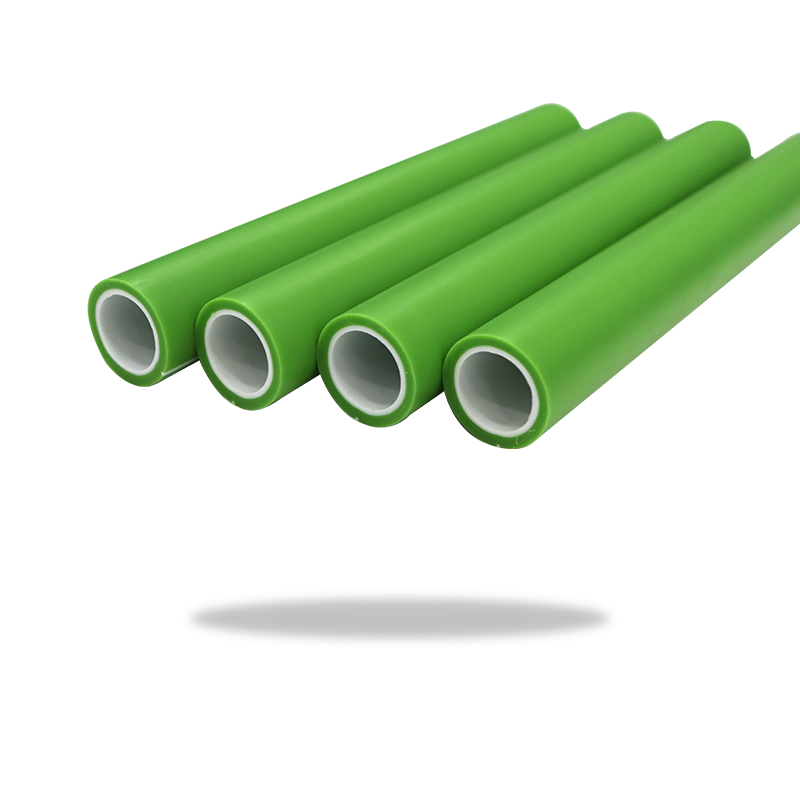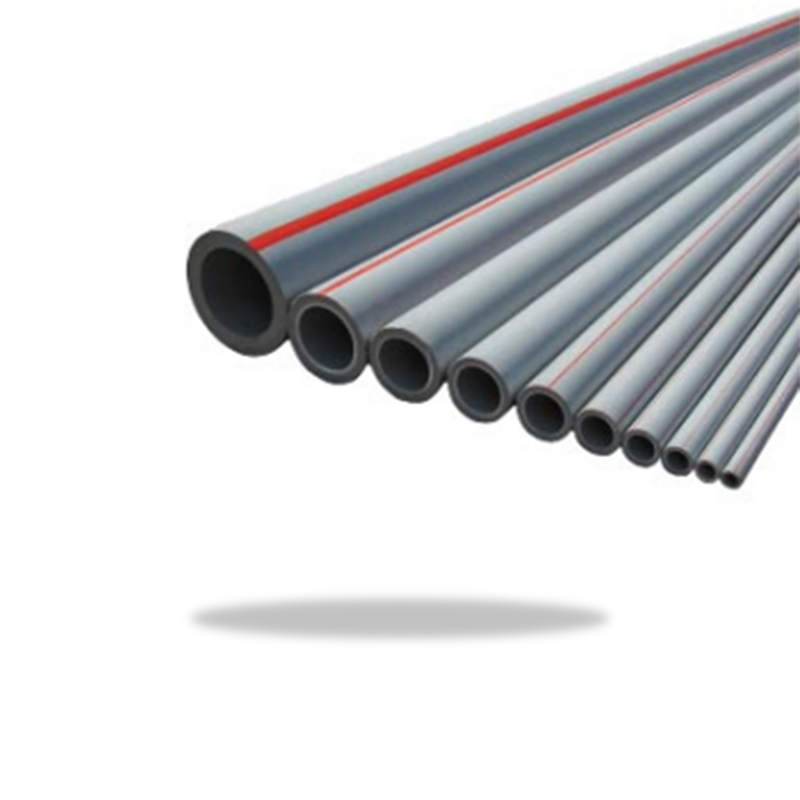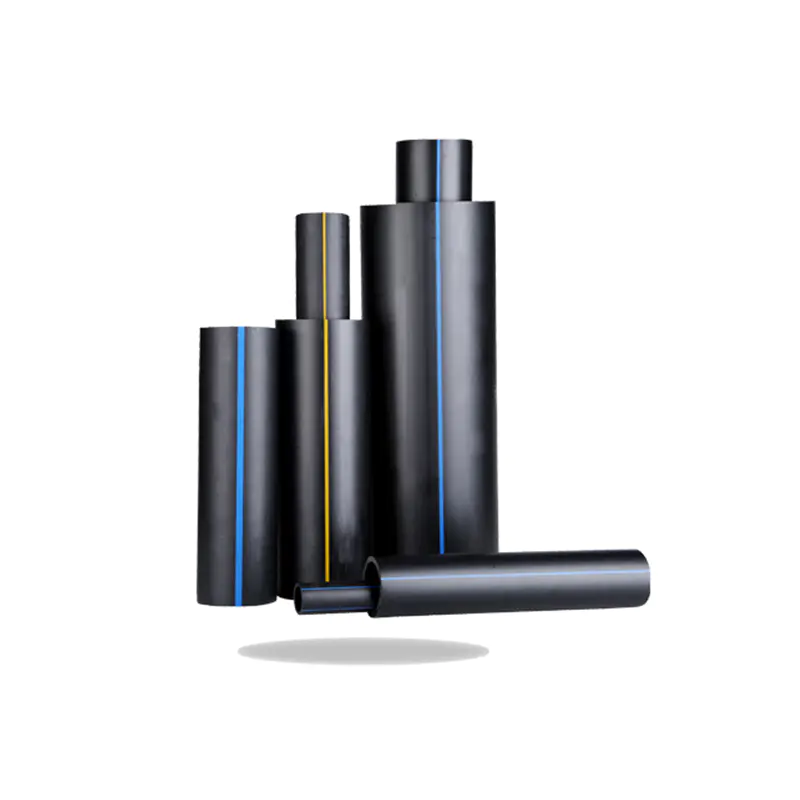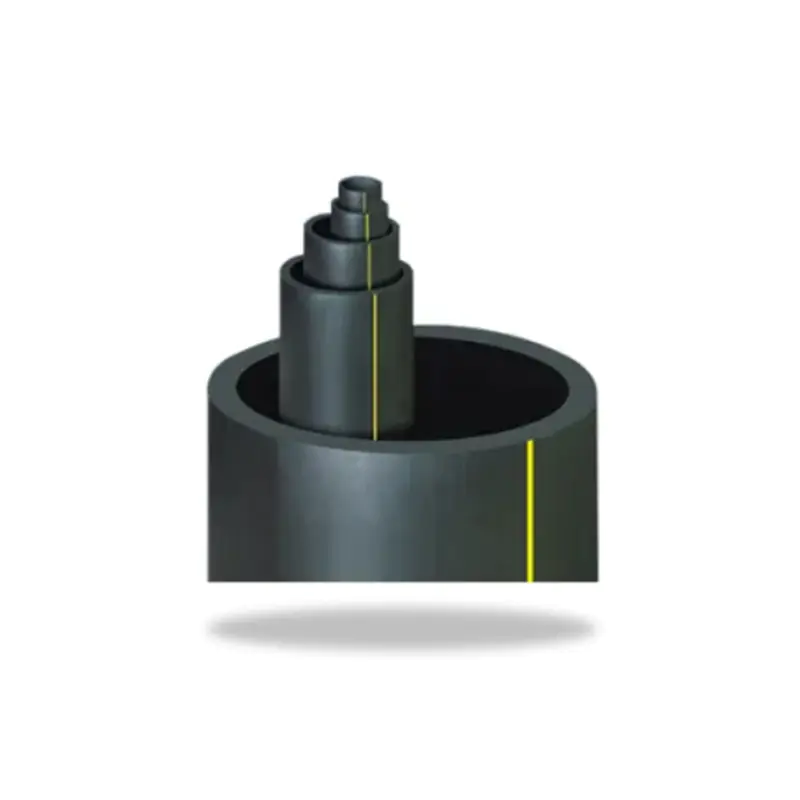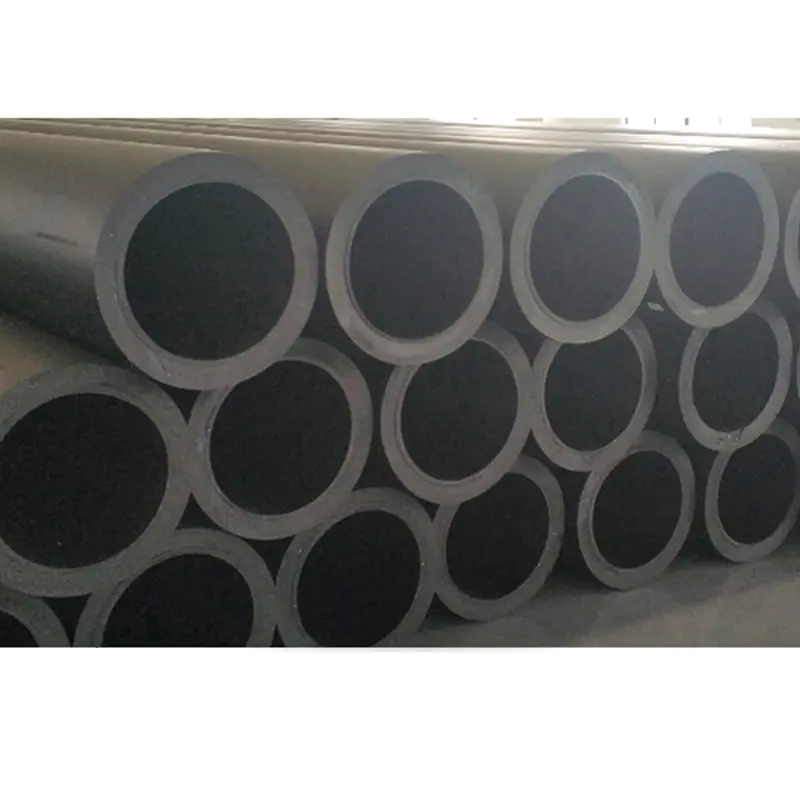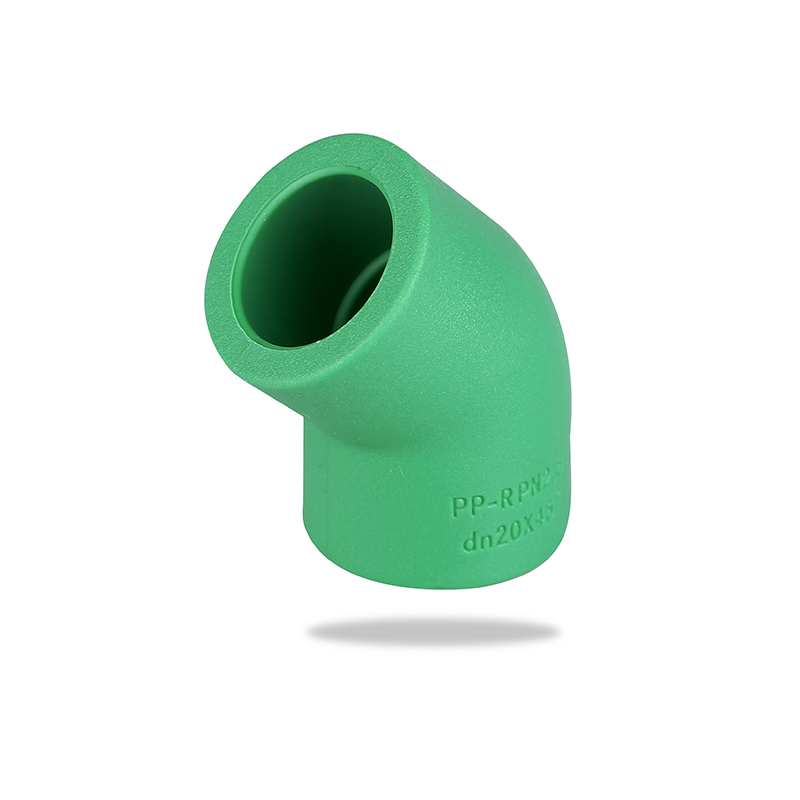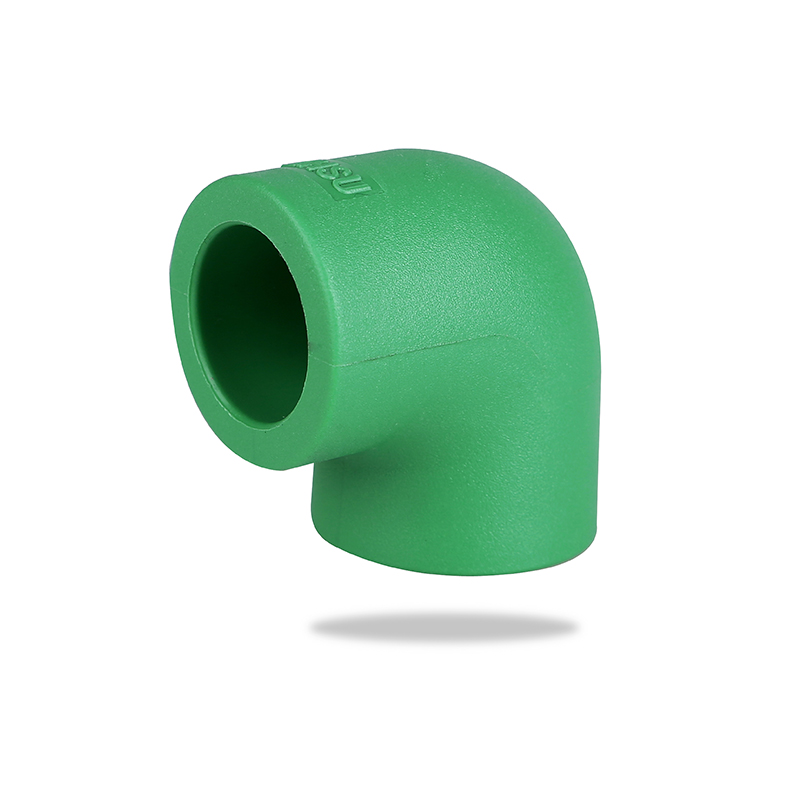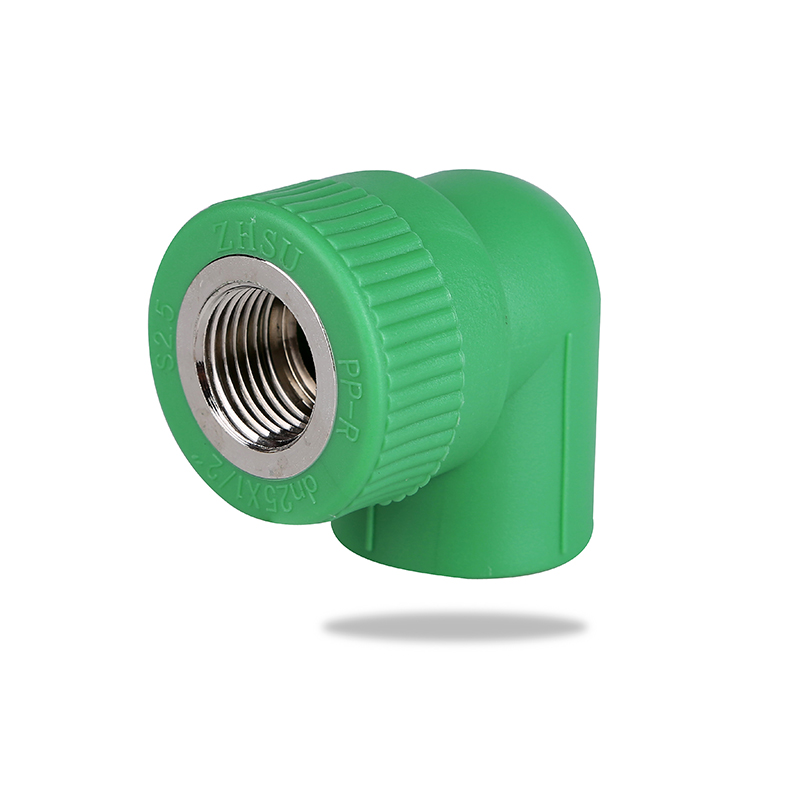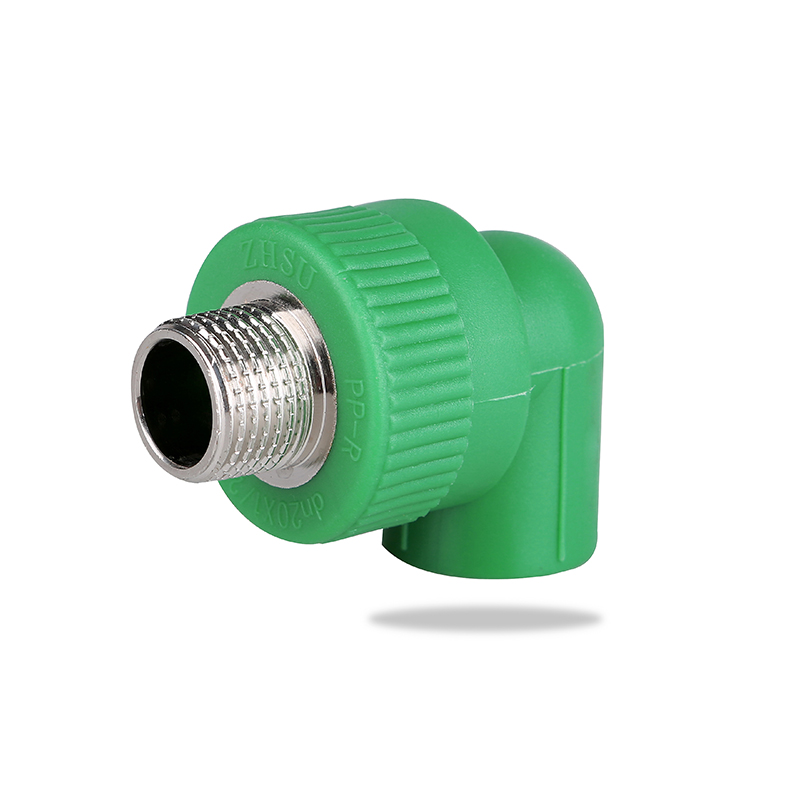The mechanical strength and compressive strength of PPR pipes are important performance indicators for their wide application in water pipes, heating, air conditioning and other systems. The design and performance of PPR pipes enable them to have excellent compressive strength in many occasions, but the specific performance of their mechanical strength will be affected by factors such as the quality of the pipe, the installation process, and the use environment. The following are some key points to analyze the mechanical strength and compressive strength of PPR pipes in detail:
1. Mechanical strength of PPR pipes
The mechanical strength of PPR pipes is usually measured by its tensile strength, bending strength, impact strength and fatigue strength. In general, PPR pipes have good mechanical strength, especially under moderate temperature and pressure, which can meet the use requirements of most water supply and heating systems.
Tensile strength: PPR pipes have high tensile strength and can usually withstand large external forces without breaking easily. The tensile strength of high-quality PPR pipes under standard experimental conditions is generally between 30-40 MPa, which is enough to cope with daily loads and external forces.
Bending strength: PPR pipes usually have high bending strength and can withstand a certain degree of bending without breaking easily. During the construction process, moderate bending is allowed, but excessive bending may cause deformation or breakage of the pipe.
Impact strength: PPR pipes are relatively weak in resistance to impact, especially in low temperature environments, the brittleness of the material will increase. In cold environments, PPR pipes may easily crack or break when hit by external forces, so it is necessary to avoid direct exposure to low temperature environments during installation.
2. PPR pipe pressure resistance
The pressure resistance of PPR pipes is mainly reflected in their ability to withstand internal and external pressures. PPR pipes are a high-performance pipe that can work stably under high pressure and maintain good stability during long-term use.
Water pressure resistance: The pressure resistance of PPR pipes performs well under medium and high pressure conditions. Generally speaking, the working pressure that PPR pipes can withstand in the short term is usually 2.0 MPa to 2.5 MPa, and the working pressure under long-term use is usually 1.6 MPa. For relatively low-pressure applications such as household water supply and central air-conditioning systems, the pressure resistance of PPR pipes can fully meet the requirements.
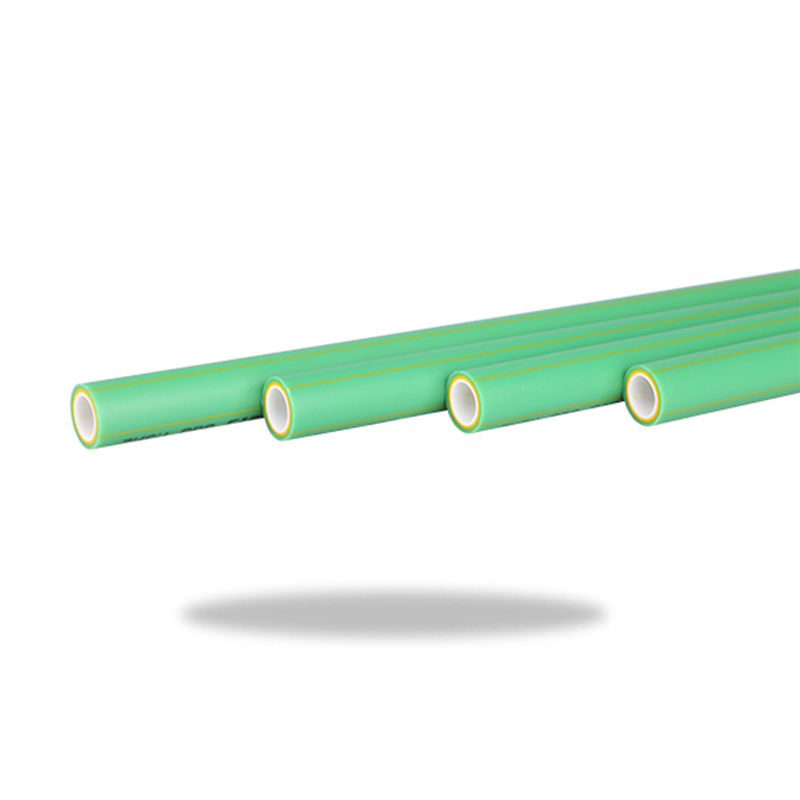
High pressure resistance: Some specially designed PPR pipes can withstand higher working pressures and are suitable for more complex industrial piping systems or building water supply and heating systems. The design pressure of high-pressure resistant PPR pipes usually reaches 2.5 MPa and above, and can even reach about 6 MPa.
3. Pressure resistance under high temperature
The pressure resistance of PPR pipes may decrease at high temperatures. The operating temperature range of PPR pipes is usually between 0°C and 95°C, but the pressure bearing capacity of the pipe will be slightly reduced in an environment close to the maximum temperature. Therefore, when used in high-temperature water supply systems (such as hot water pipes or heating systems), the design pressure of PPR pipes will be adjusted according to the use temperature to ensure that no rupture occurs under high temperature conditions.
4. Factors affecting pressure resistance
Pipe quality: The quality of PPR pipes directly affects their pressure resistance. The use of high-quality raw materials, advanced production processes and strict quality control can ensure the reliability and durability of PPR pipes under high pressure environments.
Pipeline design and installation: The rationality of pipeline design and the quality of installation will also affect its pressure resistance. For example, if the pipe is improperly bent or pressure is concentrated during installation, it may affect the long-term pressure resistance of the pipe.
Ambient temperature: The pressure resistance of PPR pipes is affected by the ambient temperature. In high temperature environments, the rigidity and strength of PPR pipes will decrease, while low temperature environments may cause the pipes to become brittle. Therefore, when used in different environments, it is necessary to reasonably select pipe specifications and design pressures according to temperature changes.
In addition, factors such as the quality, installation process and ambient temperature of PPR pipes all affect their pressure resistance, which should be paid attention to in actual use.

 简体中文
简体中文 English
English русский
русский Español
Español Français
Français عربى
عربى Português
Português 日本語
日本語 italiano
italiano Nederlands
Nederlands Polskie
Polskie
